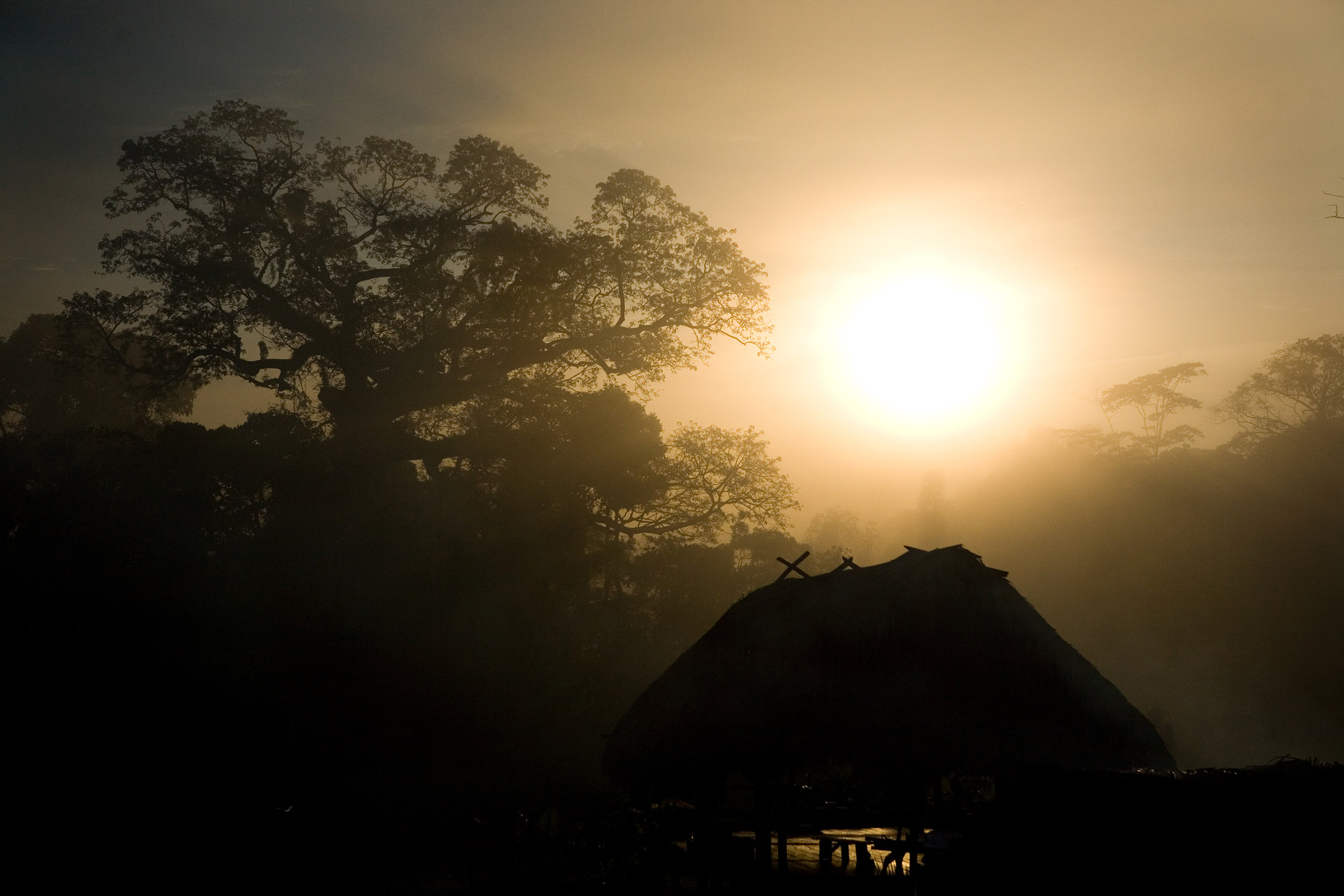If the international community is to have any chance of meeting the Paris Agreement goal of limiting global temperature rise to 1.5 degrees C, that needs to change. In forested areas, protecting IPLCs and their land can go a long way in reducing carbon emissions and protecting carbon sinks.
This report, authored by researchers from World Resources Institute and Climate Focus, explores the role that IPLCs play in combating climate change. The report focuses on IPLCs in four countries – Brazil, Colombia, Peru, and Mexico – and analyzes the role that IPLCs play in reducing carbon emissions in each of those countries’ forested areas.
Lands that are home to IPLCs are more effective carbon sinks (meaning that they store more carbon than they emit) than non-IPLC lands because of the traditional and sustainable land management practices used by IPLCs and the fact that they are largely untouched forested lands. To help underscore the relationship and importance of IPLCs and GHG emissions reductions, Brazil, Colombia, Mexico, and Peru account for 5.1% of global GHG emissions yet store 28% of global carbon across their IPLC lands. Additionally, 80% of the IPLC lands in these countries (IPLC lands in Brazil, Colombia, Mexico and just IP lands in Peru) serve as net sinks and sequester approximately 30 MgCO2e per hectare. IPLC lands also sequester over 2 times as much carbon as non-IPLC lands.
While each country briefly references IPLCs from the standpoint of the NDC planning processes, none of the countries analyzed in the report included IPLC related targets in their updated NDCs. Only Colombia and Peru outlined specific actions to support and integrate IPLCs into their formal climate solutions. Additionally, only Mexico and Colombia have included forestry targets in their updated NDC.
To enhance NDCs, there are a few steps that governments can take. Governments should strengthen partnership with IPLCs, integrating IPLC knowledge and technologies into their NDCs. Countries should also work with IPLCs to define ways that they can contribute to emissions reductions and ambition enhancement, developing initiatives that maximize and complement IPLCs’ ability to sustainably manage land and forests. Furthermore, countries should include IPLC’s contribution to forest sector targets in national inventories so that their lands can be accounted for as carbon sources or sinks. This data would be beneficial for the sake of the monitoring of national emissions inventories.
Beyond NDCs, governments should legally recognize IPLC lands, provide rights to land ownership for IPLCs, recognize IPLCs’ right to free, prior, and informed consent (FPIC), respect IPLC rights in practice, and actively empower IPLCs. Taking these steps would not only allow IPLCs to have the platform that they need to continue to contribute to global carbon reduction, but also honor the very existence, autonomy, and culture of IPLCs.




